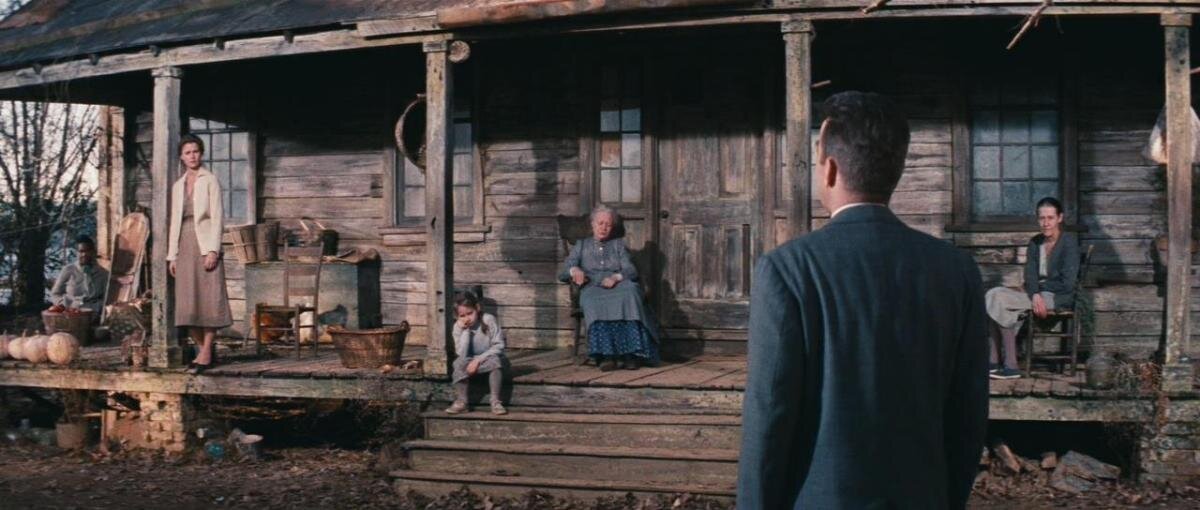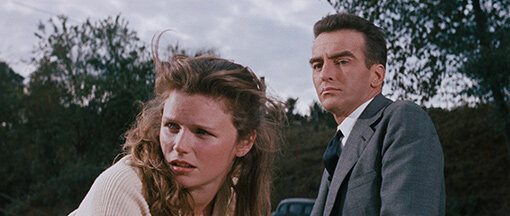Film writer Patrick McElroy on the surprising topicality of Eliza Kazan's forgotten masterpiece WILD RIVER
When film historians recall Elia Kazan, the titles that often come up are his Oscar winning classics such as A Streetcar Named Desire, On the Waterfront, and East of Eden. A film of his that’s often overlooked, that was also neglected upon its release, but still has social currency more than half a century later, is his 1960 masterpiece Wild River.
The movie takes place in 1937, and centers on a Tennessee Valley Authority agent Chuck (Montgomery Clift), who is sent to go try and convince an elderly landowner Ella (Jo Van Fleet) to sell her land so they can build a dam to prevent flooding. Ella stubbornly refuses to give up her land, since she’s had it for decades, and has family and friends buried there. Chuck reaches out to Ella’s granddaughter Carol (Lee Remick), hoping that she’ll be able to convince her grandmother to sell the land. Carol is a widowed mother of two small children, who Chuck begins to have an interest in. As the film progresses, they begin to fall for each other.
One of the film’s main themes is generational conflicts over ideals. Kazan explored this in other films of his such as East of Eden, and Splendor in the Grass, but here he puts it as part of the central drama. Chuck is a part of a generation that was more industrial and national. This clashes with Ella’s generation, where everything was local, this was the opposite of FDR’s New Deal, which she criticizes early on. One of the other themes explored in the film is American individualism. This is an ideal deeply rooted in Protestantism, for Kazan who was from a Greek Orthodox background, which is centered in community, he saw this as selfish, and thoughtless. Early on Chuck describes to Ella how building the dam will save lives, she refuses explaining how she can do whatever she wants. The argument she makes sounds eerily similar to the anti-maskers and vaxxers of the current era, showing how as a country, we are still as rooted in that selfishness as when it was first founded.
It’s interesting how Kazan uses Cinemascope in this film. This would be his second time using it five years after East of Eden. It was often used for spectacles, but with these two films he uses it to show the faces of his extras. Coming from a background in theater, Kazan shows us everyone in the frame creating the atmosphere for the environment he’s exploring, Martin Scorsese talks about it in his audio commentary for Goodfellas, saying that the faces in the background are always interesting, and that he takes inspiration from him for all of his films. It’s sad that this is the only time Kazan ever worked with Clift, his go to actor was normally Marlon Brando, but since Brando turned down this part, he was now given the opportunity to work with Clift. The role was fitting for him, since he had been through so many struggles in the late 1950’s, he gives a performance of a man who grieves the loss of a world that has to go. Together Kazan and Clift brought naturalism to the screen, while it may have only been once, it’s an experience to be treasured, and rediscovered.
Patrick McElroy is a movie writer and movie lover based in Los Angeles. Check out his other writing at: https://www.facebook.com/patrick.mcelroy.3726 or his IG: @mcelroy.patrick



